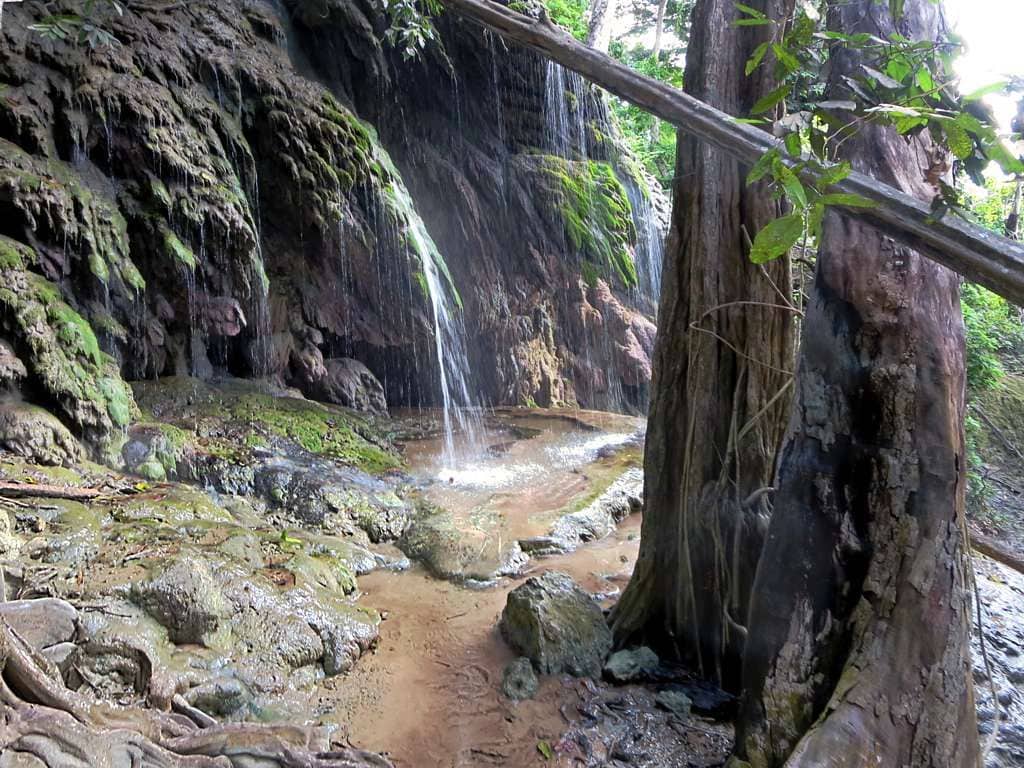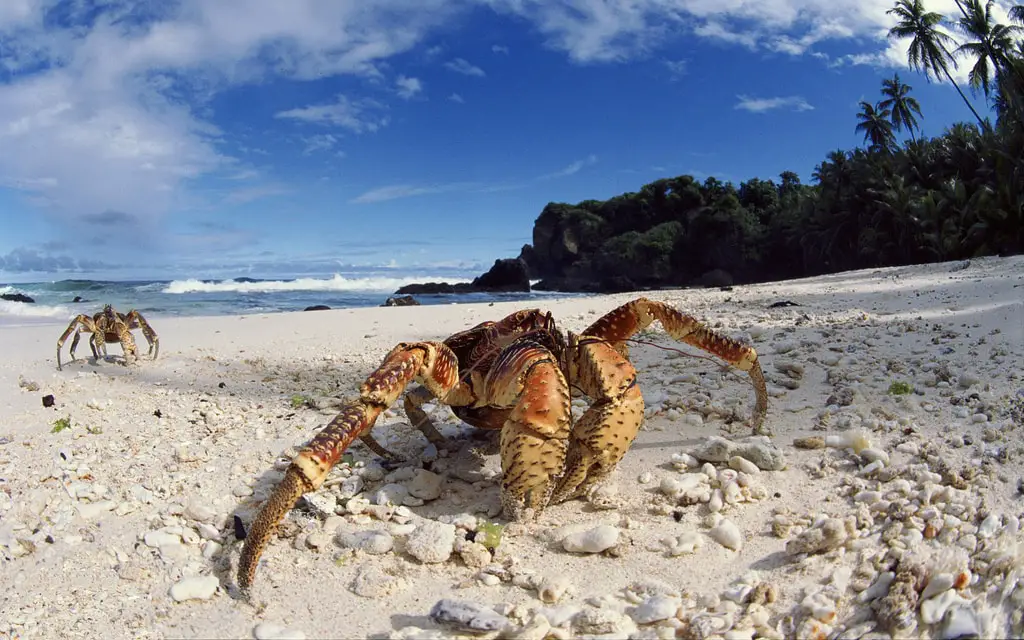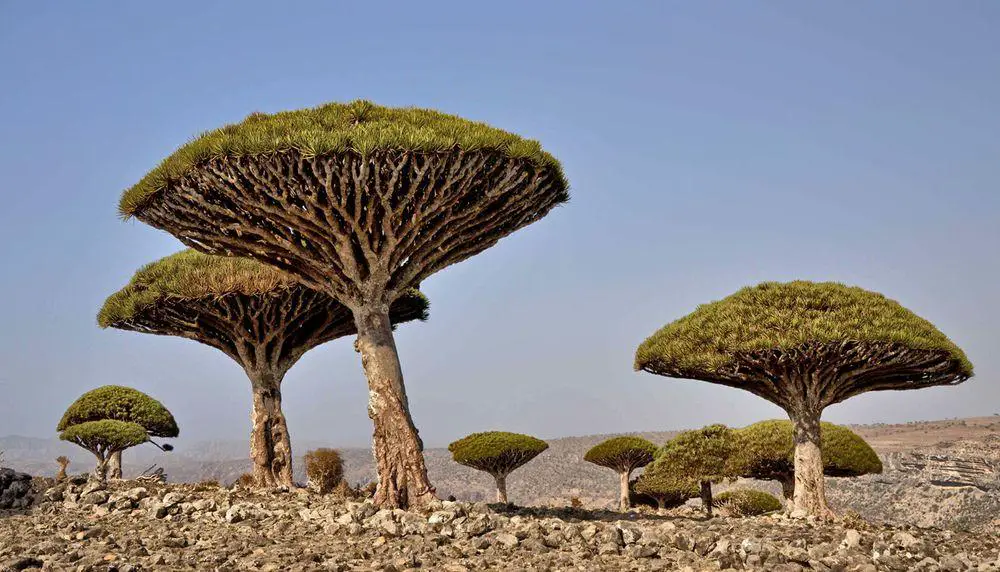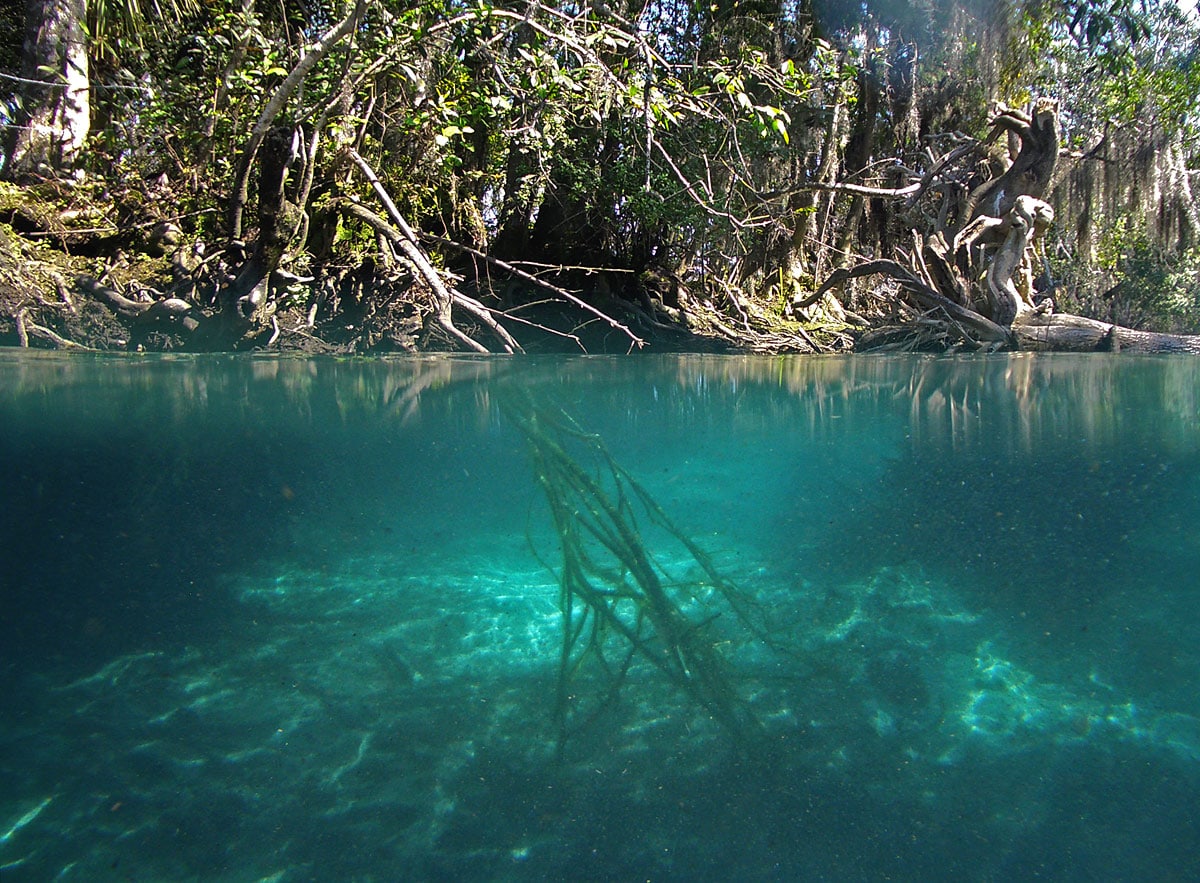Wonder
The Dales of Christmas Island

 In short
In short
The epitome of Christmas Island rainforest is represented in The Dales. These seven – eight valleys at the western shore of Christmas Islands have especially high biological diversity and have interesting geological features.
 43.0%
43.0%
GPS coordinates
Location, address
Map of the site
If you see this after your page is loaded completely, leafletJS files are missing.
 In detail
In detail
The Dales were the first place where Europeans set foot on Christmas Island – crewmen of Willam Dampier’s expedition disembarked here in March 1688. While Christmas Island for most part is not available from the sea due to the high cliffs, in The Dales the streams have formed ravines where one can enter the island.
In total there are seven – eight dales. These streams are not long – few hundred metres and for major part of the year they are dry with the exception of second dale from the north – Hughe’s Dale, where spring flows throughout the year. Here has formed unique tufa formation – Hugh’s Dale Waterfall.
The most impressive is Sydney’s Dale which gets 12 m deep and 9 m wide closer to the sea. The base of this ravine reaches basaltic rock.
Anderson’s Dale in turn has fine cavern at the sea – nature trail leads up to this cavern.
Dales are fed by groundwater coming from the central part of the island, seeping through the thick limestone layers. In some places springs form large pools in the forest – largest freshwater bodies in Christmas Island.
Forest in the Dales belongs to surprising ecosystem – Christmas Island subtropical rainforest – the only forest in the world where dominating fauna species are land crabs.
Just like the other areas in the island, most frequent land crabs here are the red crabs Gecarcoidea natalis but this is also the best place to see the unique blue variety of purple crabs (Gecarcoide lalandii). Christmas Island is the only place in the world where they are blue.
Dales represent an important habitat for Christmas Island Hawk Owl Ninox natalis, Christmas Island Goshawk Accipiter natalis, Abbott’s Booby Papasula abbotti. Here was found the shrew Crocidura trichura (might be extinct now), and the Christmas Island Blind Snake Typhlops exocoeti (also might be extinct).
Sydney Dale is one of the few habitats of Christmas Island Spleenwort Asplenium listeri. In the Dales is located unique stand of enormous Tahitian Chestnut Inocarpus fagifer trees.
In October 2002 The Dales were included in the List of Ramsar wetlands of international importance, protected area 57 ha. This is second wetland of Christmas Island included in this prestigious list – the unique mangroves of Hosnies Spring were the first.
The site is endangered by the Immigration Reception Centre thAT might house up to 2,300 people. This "town" is located just 500 – 1,300 m from the Dales, in the area where springs gather the water.
 Linked articles
Linked articles

Wonders of Christmas Island
Highlights of Christmas island are its unique ecology and some interesting features of karst processes.

Ecosystems
Biotope is a rather small area with uniform environmental conditions and a specific community of life. Wondermondo describes biotopes and ecosystems which have striking looks, look very beautiful, or have other unusual characteristics.

Springs
Powerful natural freshwater springs belong to the most fascinating monuments of nature. Even more exciting is the diversity of unusual springs – mineral springs, hot springs, submarine springs as well as the unusual black smokers. Especially beautiful are such natural rarities as travertine, silica, or salt terraces created by warm and hot springs and, especially, geysers.
 Recommended books
Recommended books
An Island Called Christmas
A romantic desert island… Who first saw and went ashore on Christmas Island will never be known. Where these people came from and when is conjecture though we are almost certain they were Polynesians.
When Crabs Cross the Sand
Few migrations are as visually stunning as that of the Christmas Island crab. Crawl alongside one particular crab as it makes its way to the water’s edge, and marvel at this small creature’s big, life-changing journey.


